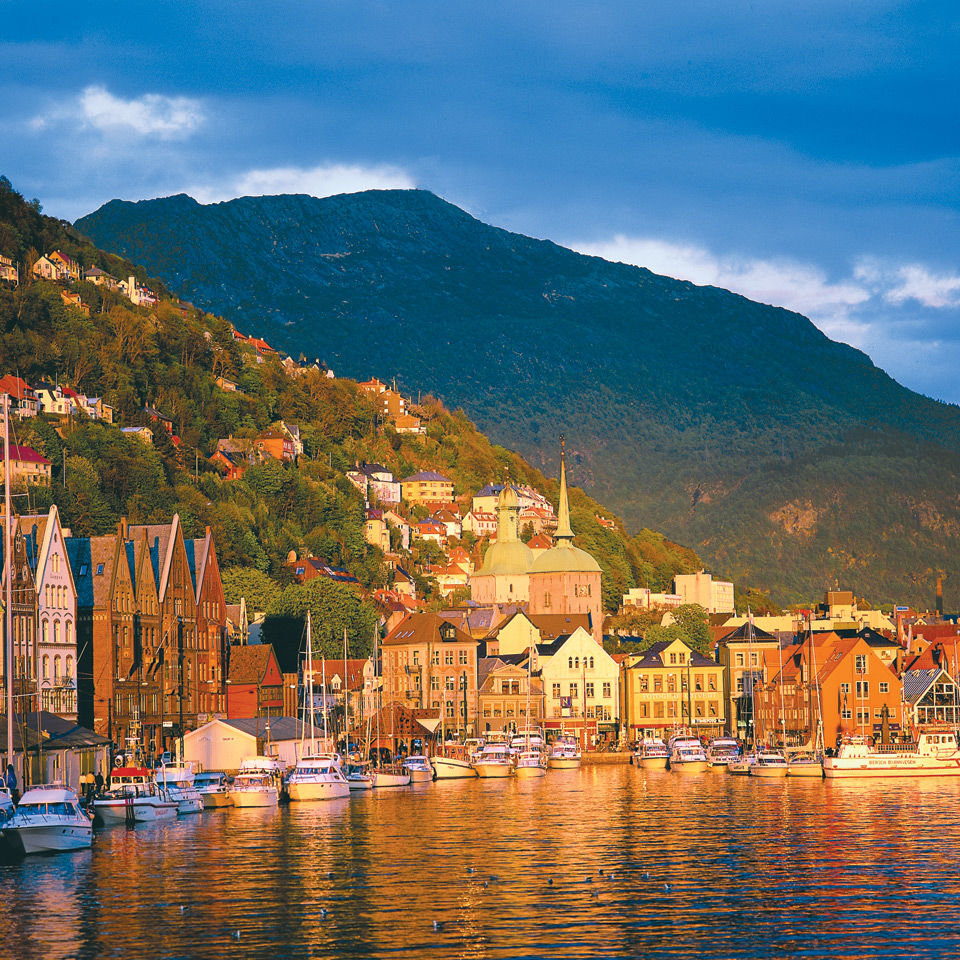Search / All Results
1,795 results for medieval russian







Essay
Animals in Medieval Art
October 1, 2001, revised January 1, 2012
By Melanie Holcomb and Barbara Drake Boehm




Join and Give
Travel with The Met

Art







By Melanie Holcomb and Barbara Drake Boehm




